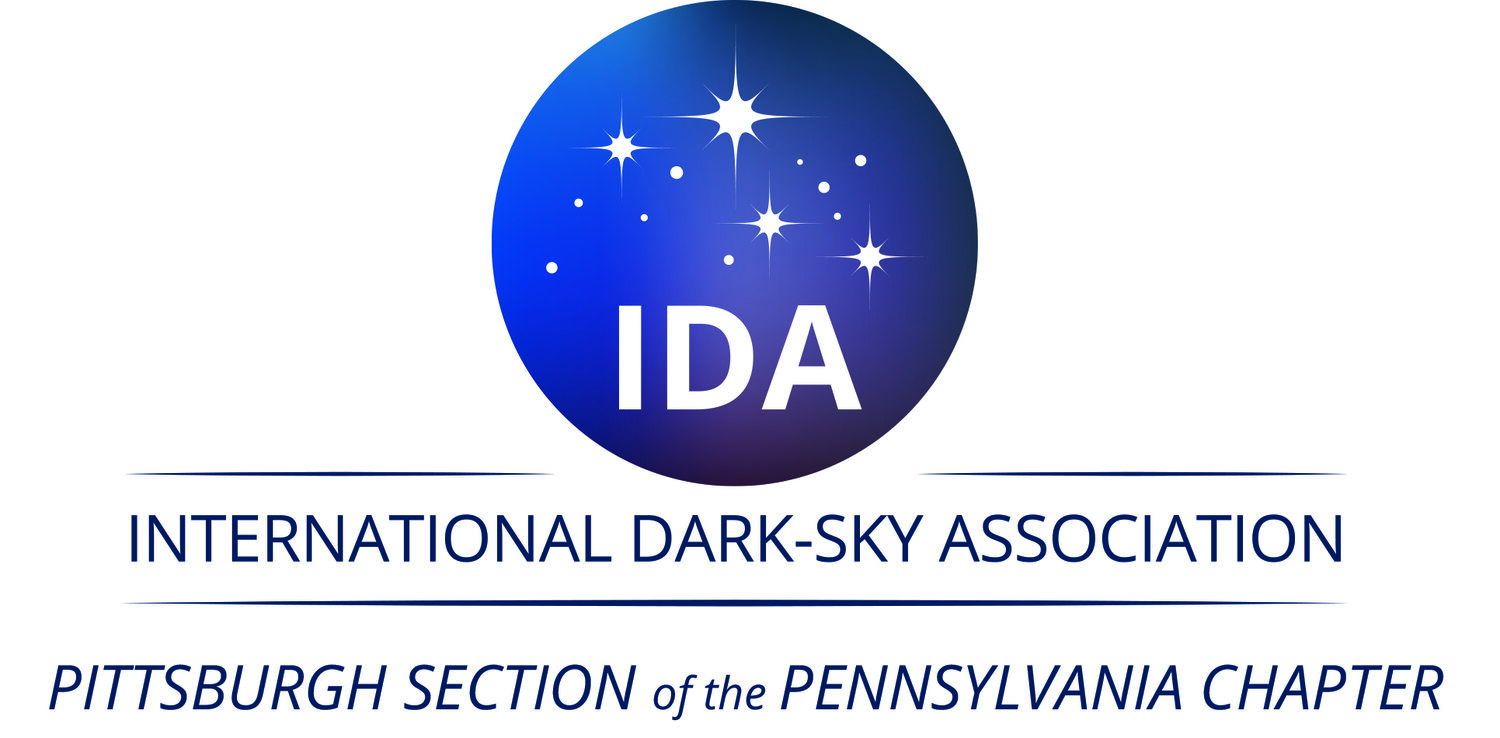Interview with Dr John Wenskovitch
Dr. John’s Passion for Astronomy
by Prabh Simran Singh Baweja
I had the pleasure of being inspired in the field of astronomy by Dr John Wenskovitch, a Visiting Assistant Professor in Virginia Tech University’s Department of Computer Science. We had a thirty-minute Zoom video call across two continents, Asia and North America.
Dr. John’s interest in astronomy started at the age of six when he got a general book about astronomy as a Christmas present. Reading about the universe—stars, planets, galaxies—turned out to be a fascinating experience for him, and he has been hooked ever since. Although he is curious about many different sciences, such as physics, chemistry and computer science, astronomy has always been his first love.
“We need to go to places and show people the star fields and galaxies through telescopes. We have to inform people that we didn’t need a telescope 150 years ago to look at this.”
Nine years ago, he bought a telescope to get into observational astronomy. This has led to a greater appreciation of astronomy and a realization of how hard the field is. Dr. John stated, “To look at the stars and galaxies, and extrapolate the rotational dynamics and other characteristics of these objects is a phenomenal task.” On numerous occasions he has set up a telescope in a park and inspired people by showing them mountains and craters on the moon, or galaxies. He told me, “Looking at the reactions of people is priceless, and it motivates me even more to have greater outreach and amaze people with the beauty of the universe.”
We discussed light pollution. Dr. John has noticed the difference in the night sky— from seeing a hundred stars in the city, to thousands of stars, star clusters and galaxies in the suburbs. He pointed out that people might not think of this as a big problem because of the gradual change in the sky at the same location. People can clearly see the difference when they change sites, but the difference in the sky from the same place is not fast.
To motivate people to consider light pollution as a serious issue, he suggests there has to be public pressure. The International Dark-Sky Association (IDA) is trying to do this by persuading governmental agents in cities to change their lighting regulations. The IDA also makes them aware of the problems to the environment caused by light pollution like the migratory behavior of birds. Furthermore, cities will save money by changing lighting patterns because the light would be focused on one area instead of spreading everywhere. This leads to lower power consumption and better focus on the lighting on the streets.
Dr. John fears that in the coming years, we might make the planet so bright that we will lose the concept of a dark sky completely. To prevent this from happening, he suggests, “We need to go to places and show people the star fields and galaxies through telescopes. We have to inform people that we didn’t need a telescope 150 years ago to look at this.”
Dr. John further recommends that we have to make the problem less abstract and convince people by showing them how their lives have been affected by light pollution. We are changing the evolutionary patterns humans have been following for the last many thousands of years. Even though electricity was invented in the last 150 years, artificial light at night is still a swift change that is biologically affecting us. We are adapting to it slowly as compared to technological advances. Our interview ended with his thoughts on an incremental regulatory plan that would allow more people to see dark skies.

